By now, the benefits of cloud-based video should be quite clear. For starters, moving video to the cloud can reduce or even eliminate the hardware required on a customer’s premises. This not only cuts down on the cost of the hardware itself, but also the cost of maintaining and updating that hardware.
Cloud video services also allow end users to choose from a wide variety of camera brands, and scalability is simplified. Adding cameras to a system is as easy as changing a subscription or monthly fee to allow for greater storage, which is much more affordable than investing in on-site hardware, which can become an expensive proposition between the hardware itself and ongoing maintenance. Cyber security is also off the customer’s plate, as the cloud provider takes care of any updates and security patches necessary, as well as securing the data movement itself.
There are a number of companies in the marketplace that provide cloud video services of one type or another. With regard to these services, they tend to encompass hosting, video analytics, artificial intelligence (AI) and much more. The specific services a customer needs will determine which cloud video offerings will be best suited for a particular application. Other determining factors will be storage and retention requirements compared to bandwidth availability — and cost.
Cloud video services traditionally come in two varieties: pure cloud and hybrid solutions. In a pure cloud solution, cameras are connected directly to the cloud for recording, with video analytics performed either on the edge within the camera itself or in the cloud to identify events to generate alerts or file video for later review. A hybrid solution combines on-premises recording hardware mixed with cloud storage, and may be the best solution for customers with limited bandwidth. A typical setup under this model would have all video recorded on-site, with video of interest (certain types of events identified and flagged by video analytics or based on time of day or other factors) moved to the cloud either as recorded or on a schedule.
Questions to Ask a Potential Cloud Provider
When considering a provider to work with to offer cloud video services to your customers, there are a number of questions you should ask to ensure you get the right fit for the right deployment. Here are a few of the top questions.
- What are the direct benefits for my business from providing cloud-based services to potential and existing customers?
- Are the prices competitive enough for me to add a good margin, but still be competitively priced?
- What are the major selling points for cloud-based video services to potential customers?
- Is it possible for the software/system/interface to be branded for my company?
- Can cameras be connected to the cloud without extensive changes to the customer’s network?
- How much network expertise is required to connect a camera to the cloud?
- Is the system designed from the ground up for the cloud, or is it an extension of an existing surveillance technology offered by the company?
- Is the solution hardware-free or is there a direct connection from camera to cloud, with no on-site gateway required?
- Is the entire system cloud-based, with all recording over the cloud, or is recording performed locally and shared or backed up as needed over the cloud?
- How are cyber security concerns addressed with regard to the cloud versus on-premise solutions? Who owns the responsibility — and the risk — of securing video and data?
- How does your cloud application ensure a secure connection between the camera and the cloud, and between the cloud and the user interface (for example, tablet or web browser)?
- What is your policy/practice for pushing updates to your existing customers? At what frequency are new changes deployed?
- Does the provider offer an open platform? Can integrators select camera hardware of their choice that is most appropriate for the job?
- What level of systems integration is available and can it be accomplished through one vendor or will the customer need to rely on multiple apps?
- Is all functionality of the service available through the web or mobile, or is a PC application required for administration or full user functionality?
From a cyber security perspective, cloud video solutions can alleviate the burden of protecting customers’ networks, video and data by providing the secure gateway to the cloud. In a full-cloud solution, the provider also assumes the onus of updating software and applying patches to ensure continued cyber security.
One thing nearly every cloud video service has in common is the availability of a mobile app that allows end users to view their video from anywhere at any time. Additionally, some of these apps make camera installation easier with auto-detection and configuration capabilities, while others offer the ability to update cameras to the latest firmware version from within the app.
Given the vital role recurring monthly revenue (RMR) plays for security professionals, the main attraction of cloud video is the ability to generate additional RMR by charging for a variety of services, such as hosted storage, business intelligence, automation, video analytics and much more.
On these pages are descriptions of 15 cloud video services and providers that integrators can use to deliver greater value to their customers while earning ongoing, predictable RMR.
3xLOGIC
The Trends platform combines video with data streams from multiple systems and devices, such as POS, ATM cameras, time and attendance, license plate cameras and other security and non-security sources, to generate business intelligence customers can use to improve security and streamline aspects of their operations. Key performance indicators (KPI) insights can be accessed manually or delivered on a schedule to help identify trends for certain locations, regions, etc.
AgentVi
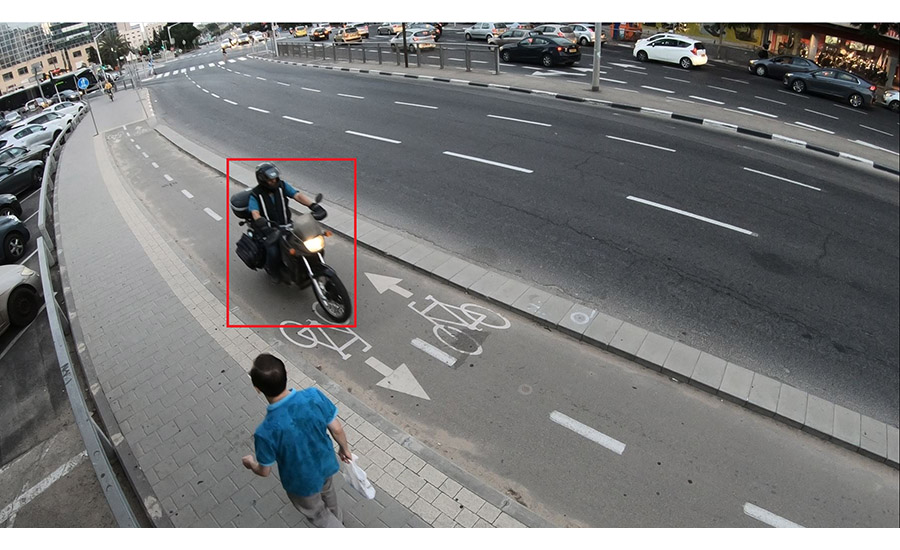
Powered by deep learning algorithms, AgentVi’s innoVi is a centrally managed, self-learning video analytics solution. Available as either an on-premise or cloud-based software as a service (SaaS), innoVi Enterprise includes a suite of real-time detection rules and autonomous real-time anomaly detection capability, a continuously learning capability that can instantly alert users to irregular incidents. innoVi Remote Guarding automatically detects security breaches, generating an alarm in real time, accompanied by a video clip to enable immediate verification.
Alula
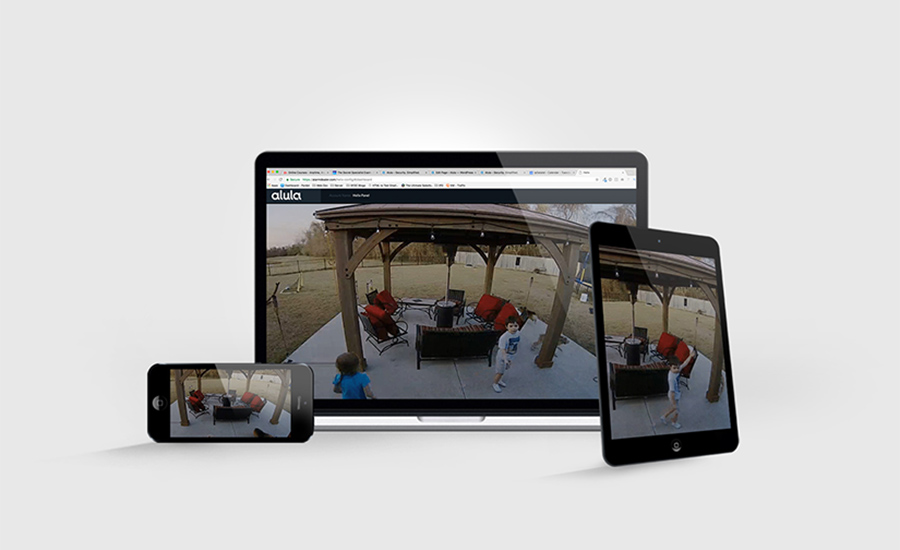
The Alula Cloud hybrid offers both local and cloud storage, so if there are any communication issues, video is pulled from the on-premise storage. Additionally, the hybrid model is designed to provide more capabilities around analytics and video analysis to be delivered either at the edge or in the cloud. The solution integrates security, automation and video into a single user interface, allowing video to be associated with a variety of sensor technologies to allow users to track and tag specific events or situations within what can be an overwhelming amount of video collected each day. Alula is working on more advanced functionality and analytics to be included in future versions.
Arcules
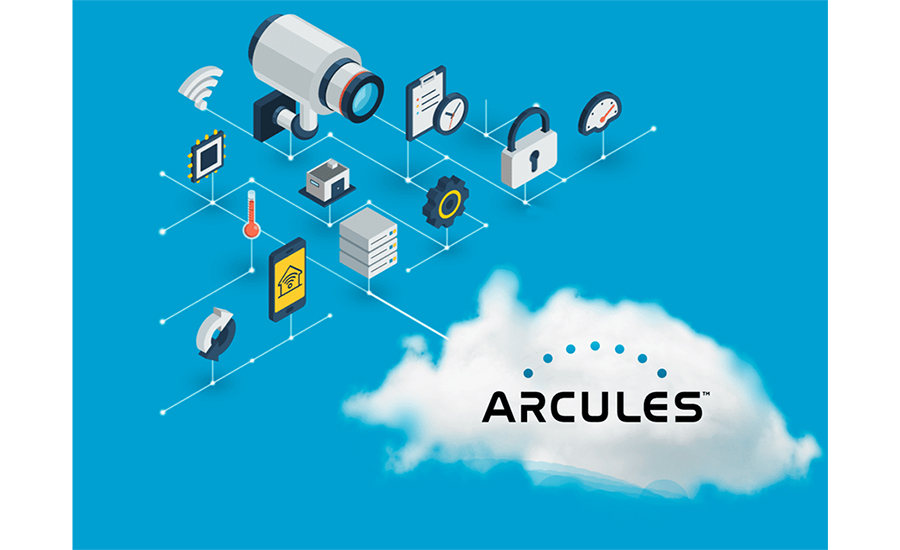
Arcules provides businesses with the ability to proactively mitigate security risks while collecting business insights through the Arcules Integrated Video Cloud Service. The service integrates with businesses’ existing cameras, reduces server maintenance and information management, and turns video into valuable insights that encompass all of an organization’s locations. The cloud-based service enables businesses to connect geographically dispersed locations by centralizing video and sensor data on a unified platform. The simply designed and intuitive user interface enables quick onboarding, faster deployment and reduced maintenance. Built on Google Cloud Platform, Arcules supports more than 5,000 cameras. The solution aggregates and analyzes data and applies analytics on a site-by-site or organization-wide basis.
Arecont Vision Costar
Arecont Vision Costar’s cloud-based centralized management system is designed to eliminate the pitfalls, cost and bandwidth limitations of cloud-based video storage by recording locally for increased performance and reliability while exporting video of interest to the cloud. Users can manage the system and share video using secure links, connecting from anywhere via web browser, full-featured thick client or mobile app. With no client-side programming, the solution eliminates cyber security risks from open inbound ports and local misuse, and supports multi-factor authentication with NIST-level data encryption and transport layer security.
Bosch Security and Safety Systems
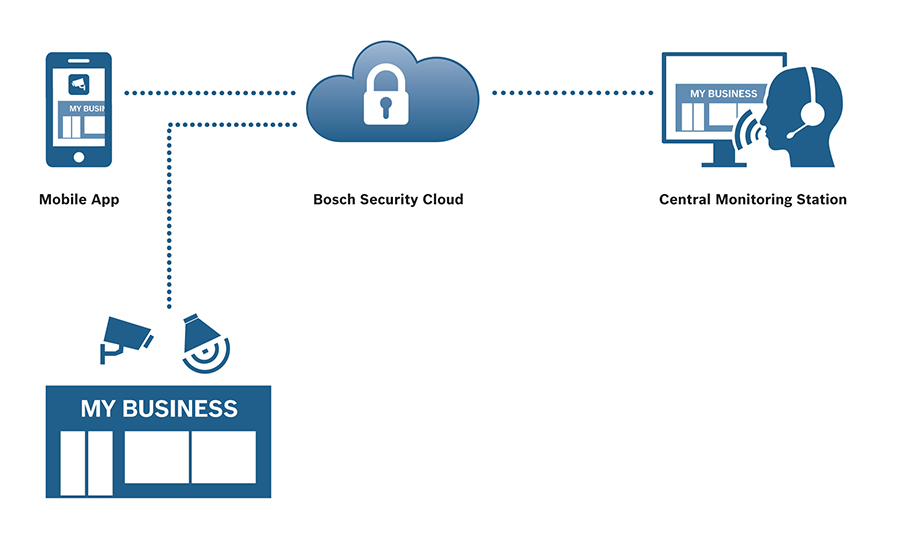
Bosch offers several cloud applications that enable security and IoT capabilities from its cameras, including Remote Video Monitoring, Remote Portal, and In-Store Analytics. Remote Video Monitoring allows monitoring centers to offer their customers an easy way to connect cameras to the central monitoring station combined with an efficient operator workflow to quickly and inexpensively deliver video monitoring services. Remote Portal enables video connectivity to the integrator’s unique cloud instance, where they can monitor camera health status, recording status, make camera setting changes, and update firmware all remotely without having to roll a truck. In-Store Analytics leverages the metadata generated by the camera to provide customer traffic insights to retailers.
Camcloud
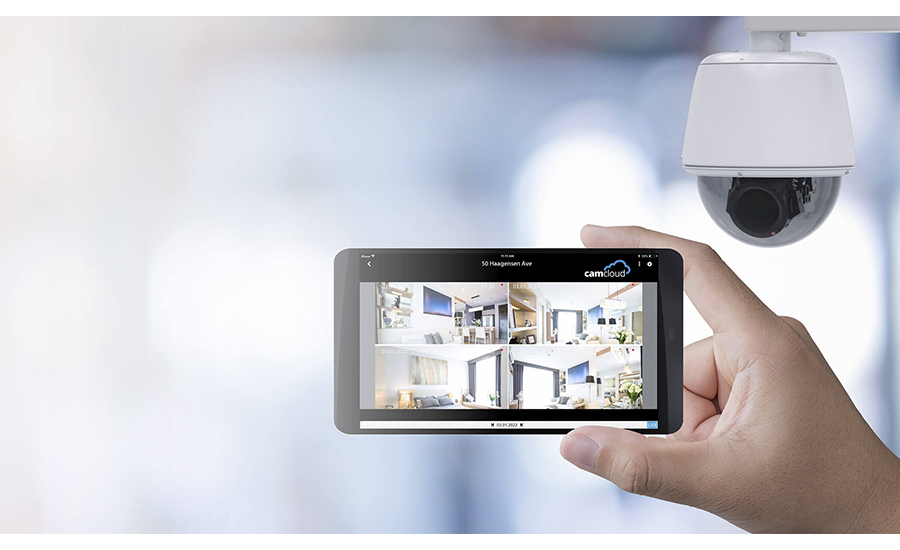
Camcloud is a hardware-free cloud video platform designed to work with as many camera types as possible, including those from Hanwha Techwin, Axis, Hikvision, Vivotek and many other leading manufacturers. The solution supports numerous local storage and encoder options, including SD cards, DVRs, NVRs and encoders, and allows users to connect cameras directly to the cloud for fast and fail-safe surveillance. Camcloud’s multi-user feature allows for unlimited users on a single account across multiple locations, while providing limited account privileges to restrict each individual’s access and which cameras they are able to access and view.
CheckVideo
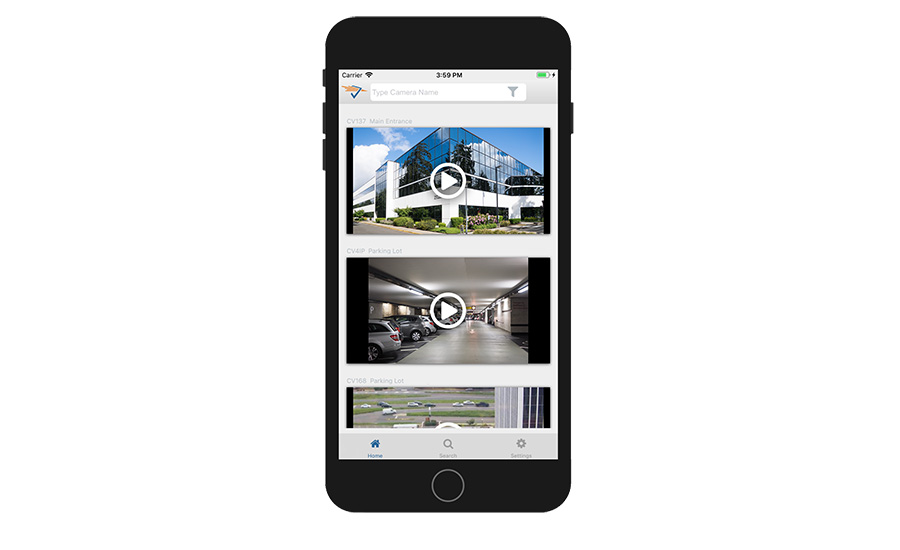
CheckVideo offers a full video management system in the cloud, including remote user and device configuration, hybrid model with on-site and cloud recording, web and mobile client, advanced video analytics, and separate end user and administrator tools. The solution works with existing analog and new or existing IP cameras. Architected from the ground up as a cloud-hosted solution, CheckVideo VMS eliminates many of the issues that can hinder adoption of cloud-based video.
Dice Corp.
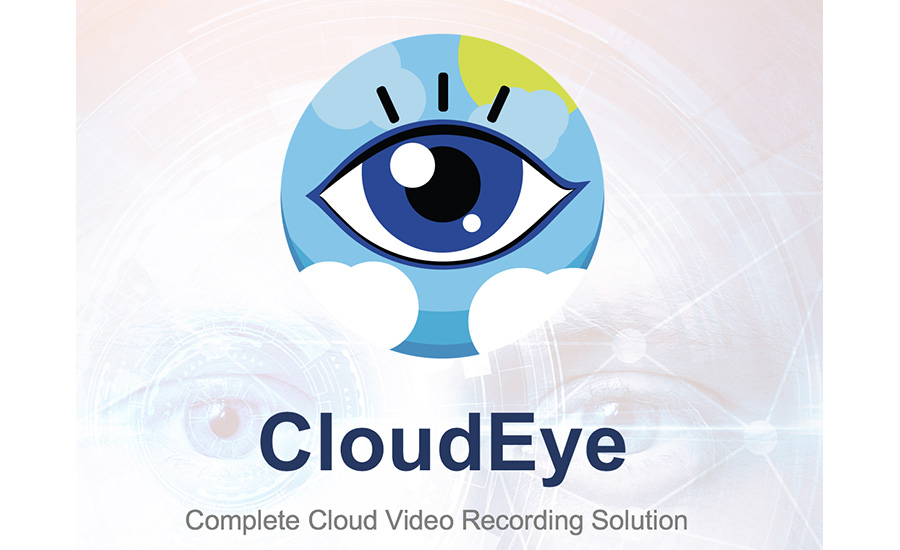
CloudEye is a completely browser-based solution designed for monitoring centers, retail and loss prevention and others. The solution features minimal setup without requiring end users to purchase and maintain equipment on site. Built on UL-listed and redundant recording technology in Dice’s cloud centers, CloudEye provides flexible retention times and is capable of full integration with the company’s Matrix automation products, including Monitoring, which provides users with access to live and recorded footage during an alarm event; SMS Communications Gateway for alerting via text message; and Commercial Portal, which combines live footage with account information.
Eagle Eye Networks
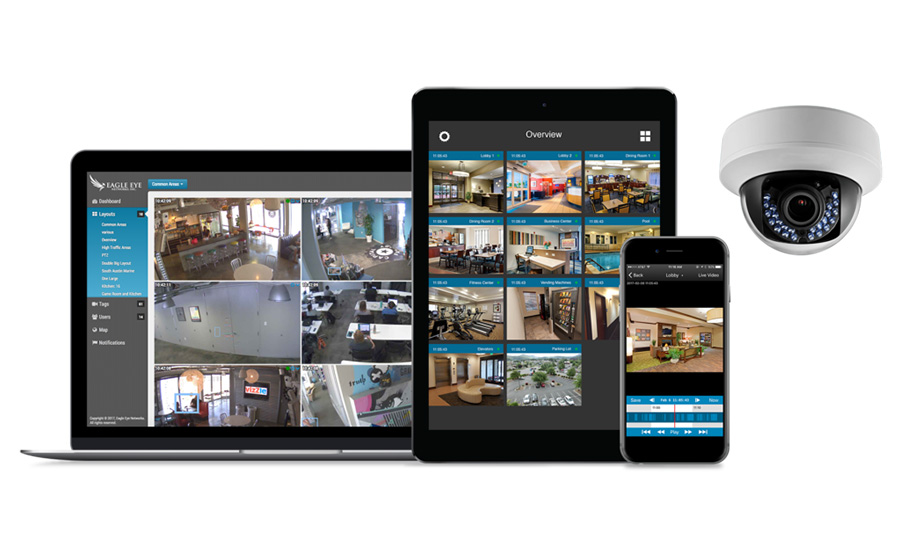
Architected from the ground up to be a 100 percent cloud solution, Eagle Eye Cloud VMS provides 100 percent cloud management, mobile and web viewing and cloud recording. With a simple click, users can add a camera or change the retention time for their recordings. Users pay only for what they need, with no software to buy and install, no license keys and no operating system to maintain. Through a mobile app, users can receive alerts with deep links that take them to the camera and time stamp of the event.
FLIR Systems
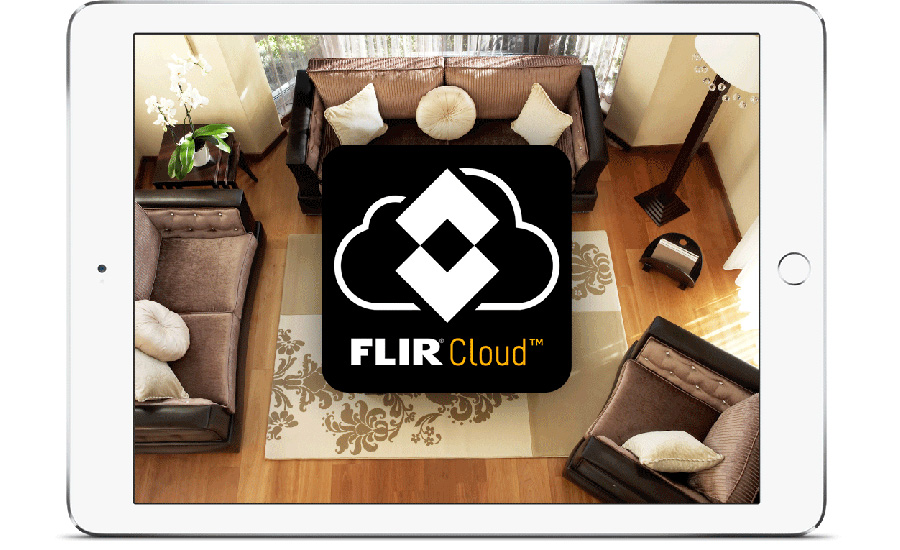
FLIR Systems’ cloud offerings are built around providing secure remote access to devices and are designed for remote-monitoring applications. This enables devices to establish secure connectivity to the cloud without the need for port-forwarding or VPNs at the device location, allowing users to install devices at remote locations or connect them via mobile hotspot devices without requiring manual configuration or creating additional points of attack for hackers. FLIR’s cloud platform APIs are open to all developers, and additional services and features will roll out throughout 2019.
Genetec
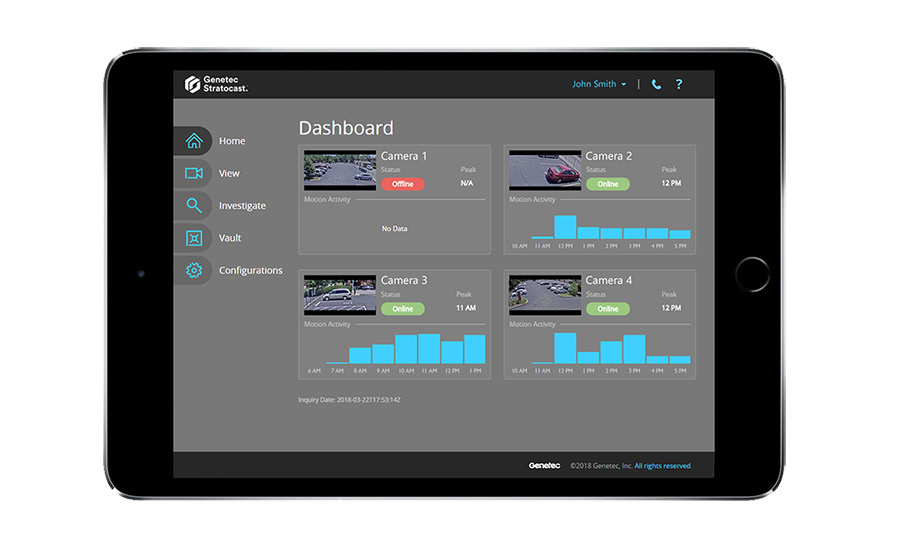
Genetec’s Stratocast is a pure cloud video monitoring solution that requires no hardware on site other than surveillance cameras themselves, with storage, analytics and other functions taking place via a Microsoft Azure-hosted cloud. Backed by a 99.5 percent uptime guarantee, Stratocast takes advantage of Genetec’s Federation feature to allow end users to participate in projects that are larger than themselves, such as city surveillance initiatives that leverage video from small businesses across a community to increase camera coverage, or having a centralized monitoring station.
Manything
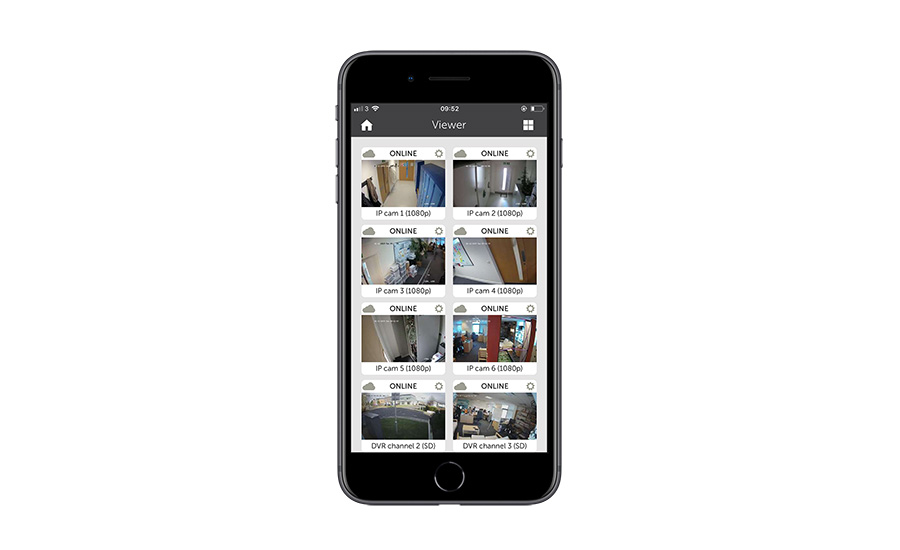
In addition to secure off-site cloud video storage and remote viewing, Manything Pro requires no port forwarding or router configuration, making setup possible in minutes. The Manything Pro partner program is free to join and allows integrators to add a new stream of recurring monthly revenue to their business. Additionally, integrators don’t need to worry about the hassle associated with monthly subscription billing as the Manything Pro payment platform can handle that for them and simply pay out their commission each month. For large dealers and integrators, white-label versions of the software are available.
Resideo
Formerly Honeywell Home, Resideo offers a variety of cloud-based security services that integrate through its AlarmNet platform. End users access video and other functions through the Total Connect app. The broad range of system and solution integrations allows users to not only view video from their premises and verify alarms, but also can be used to automate certain functions, such as HVAC and lighting, based on facial recognition.
Speco Technologies
Speco Cloud is an end-to-end video in the cloud solution that affords customers peace of mind. Speco Cloud offers integrators opportunities to resell video storage plans with retention periods ranging from seven days to two years, allowing them to benefit from fully branded customer and web portals, as well as cloud cameras that are competitively priced, plug-and-play, vandal-resistant and backed by a five-year warranty.
Telguard
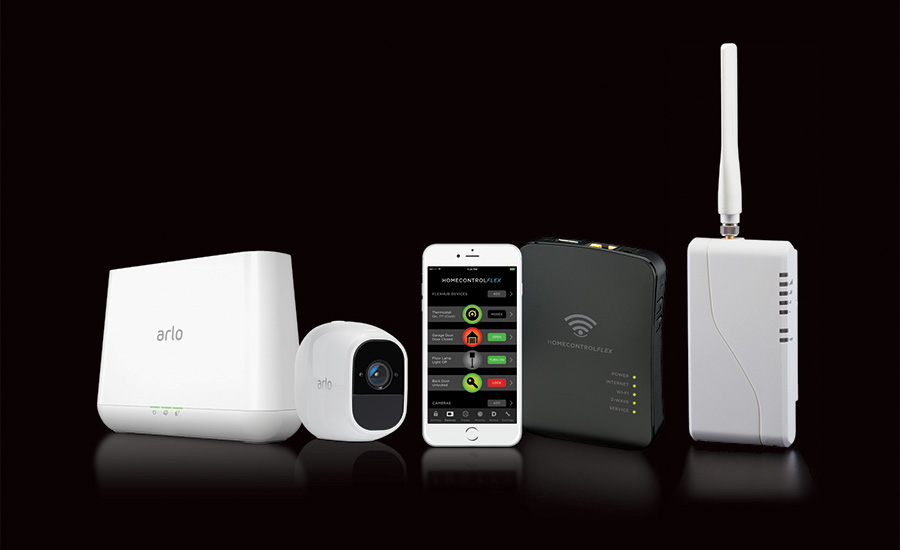
Telguard has partnered with Arlo Technologies to create the Arlo Video System to offer cloud-based storage to dealers and integrators through their distribution channel. The system allows dealers to install 100 percent wire-free internet-connected cameras with cloud storage, integrated into Telguard’s HomeControl Flex interactive service, which operates through Telguard’s LTE cellular plans, making it ideal for areas where power and Wi-Fi service may not be available.
More Online
For more information on cloud-based video surveillance, visit SDM’s website where you’ll find the following articles.
“The Power of Deploying Video Analytics in the Cloud”
www.SDMmag.com/power-video-analytics-cloud
“3 Main Ingredients for Video Storage Success”
www.SDMmag.com/3-ingredients-video-storage
“Feeding the Growing Appetite for Video Surveillance Data”



